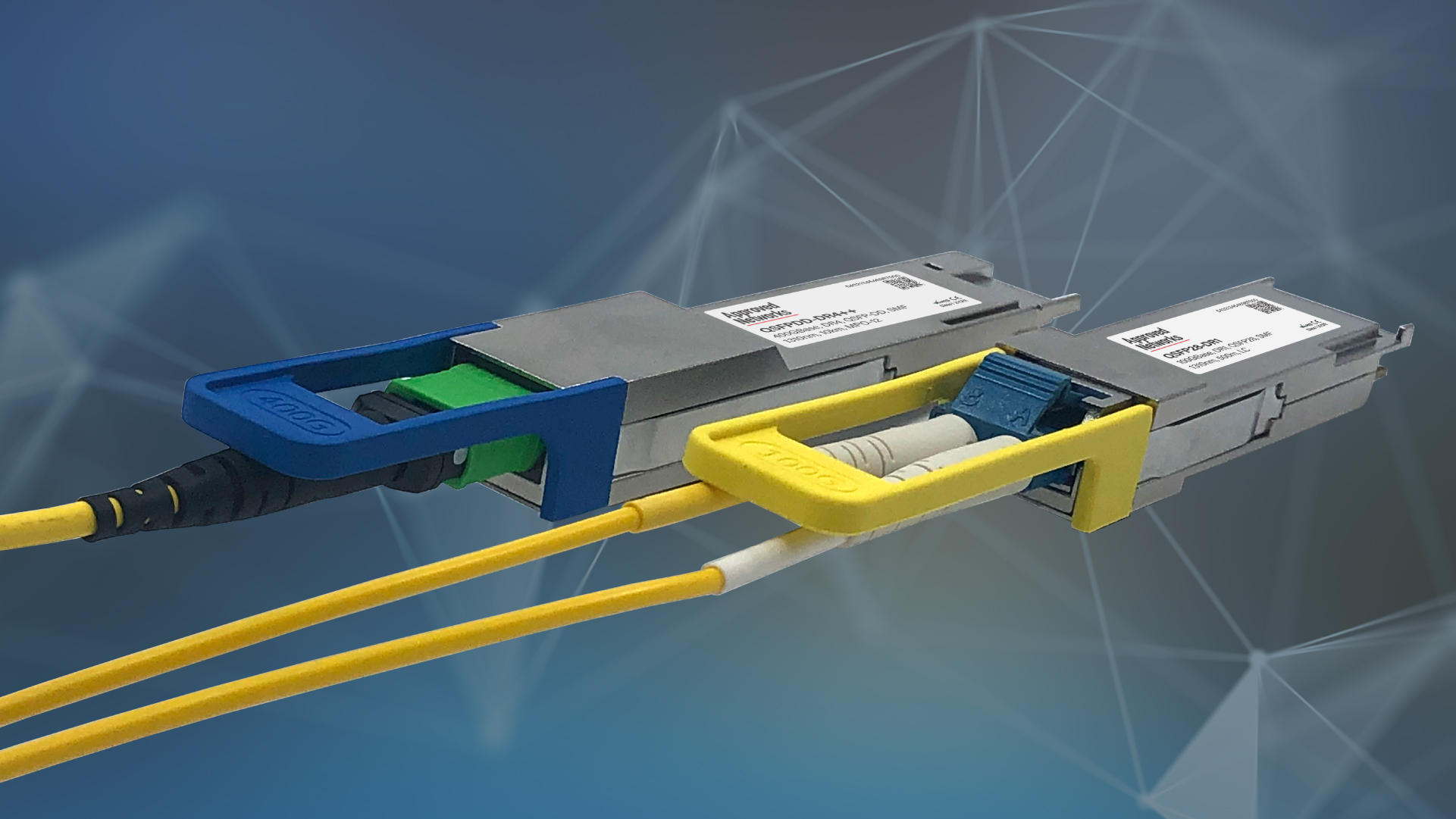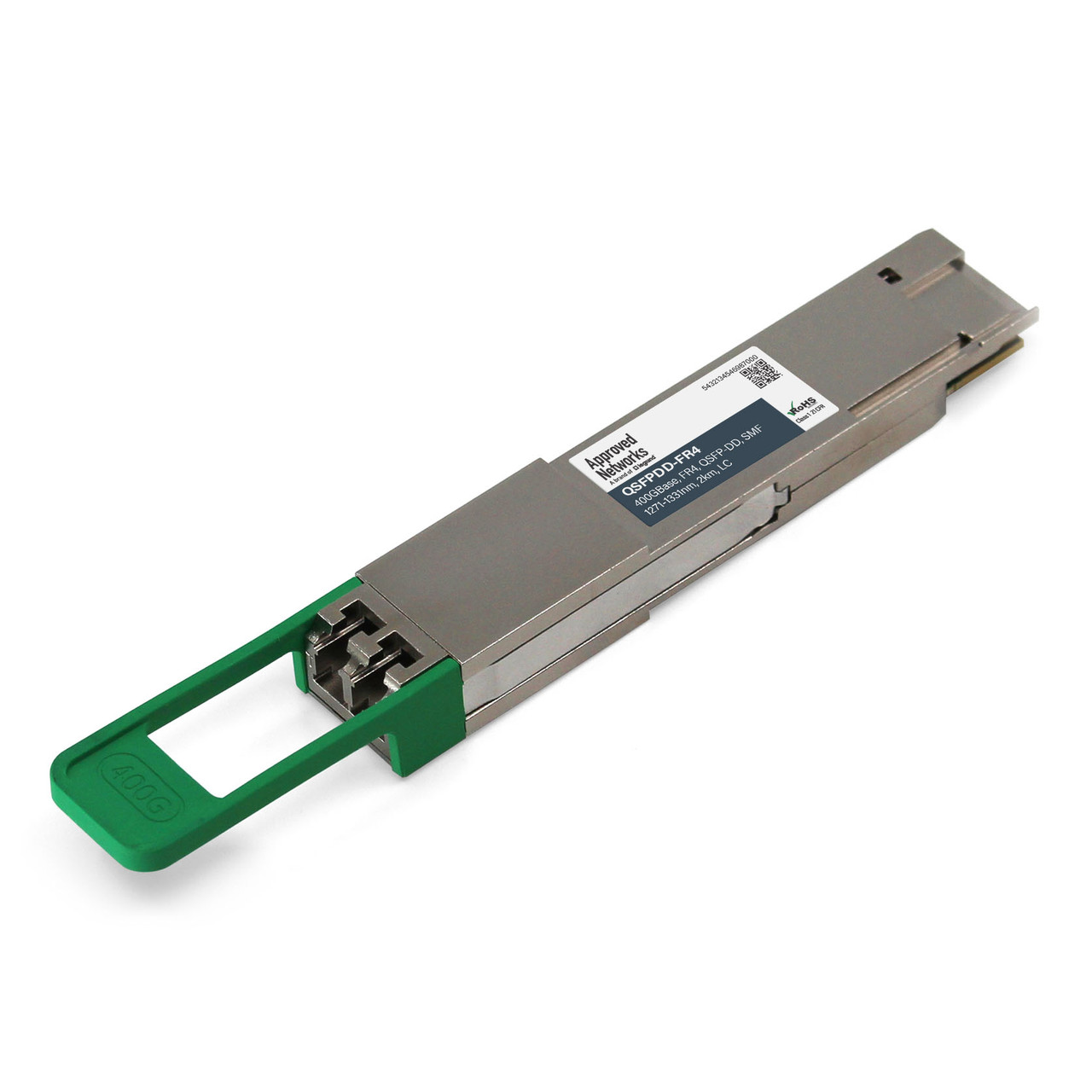NRZ vs PAM4 – What’s the Difference?
Posted by Tim Yanda on Oct 7, 2022

As optical transceivers increase capacity and reach, new and more efficient modulation schemes are needed. Here we will explore the difference between NRZ and PAM4 modulation, and in a future blog, we will discuss Coherent modulation and the difference between QAM4, QAM8, QAM16 modulation.
NRZ
NRZ – Non-Return-to-Zero (also called Pulse Amplitude Modulation 2-level) – is a binary code using high and low signal levels to represent the 1/0 information of a digital signal. A key point: NRZ can only transmit 1 bit (i.e. 1 or 0) per signal symbol period.
NRZ has been the standard for most transceivers starting with GBIC, SFP, SFP+, XFP . . . in other words, 1G – 10G transmission. NRZ transceivers can support up to 100G, but the reach is not as great due to the limitations of the physical properties of fiber.
It is worth noting that Forward Error Correction (FEC) has helped overcome some of these limitations. In most cases, 80km is the furthest reach, and that is a recent advancement. To support 80km, FEC is required – however, there are pros and cons when using FEC in certain applications due to the introduction of a modest amount of latency. 100G is a crossover point for NRZ and PAM4 modulation.
Key points of NRZ:
- Shorter distance links
- Lower throughput of 1 bit per Unit Interval (UI)
- Signal-to-Noise (SNR) = 0 dB
- Minimizes current change

PAM4
Pulse Amplitude Modulation 4-level (PAM4) is a multilevel signal modulation format used to transmit signals, and each signal level can represent 2 bits of logic information. Looking further into PAM4, each clock cycle can be sent at four different voltages – 0, 1, 2, or 3, which correspond to 00, 01, 11, and 10 respectively. Over “Word 1” for NRZ vs. PAM4, you can see with PAM4, the signal of 101100100100 was transmitted in half the time.
PAM4 is increasing in adoption as it is a more efficient manner of transmitting data across a network. Yes, the use of PAM4 modulation requires greater attention to fiber management, connector cleanliness and overall planning of the link. While greater distances can be achieved, it may require amplification based on the type of transceiver that is being used.
Key points of PAM4:
- Used in 400 gigabit Ethernet
- Operates on four levels vs. two levels in NRZ
- Has a throughput of 2 bit per Unit Interval (UI)
- Signal-to-Noise Ratio is worse than NRZ at -9.54 dB
- Reflections can be up to 3x worse

Comparison of NRZ and PAM4 (logic and eye diagram):

This shows how, in a specified amount of time (clock cycle), additional bandwidth is created utilizing PAM4 vs NRZ technology.
In summary, NRZ is a modulation technique with two voltage levels to represent logic 0 and logic 1. The voltage literally does not “return to zero” as logic 0 is a negative voltage, and logic 1 is a positive voltage.
PAM4 uses four voltage levels to represent 4 combinations of 2 bits logic: 11, 10, 01, and 00. With NRZ, you get two bits per clock cycle, and with PAM4, you get four bits per clock cycle. This allows you to double your bandwidth for a given clock cycle with PAM4.
Simply put, PAM4 is a method to put more bits into the same amount of time on a given channel.



